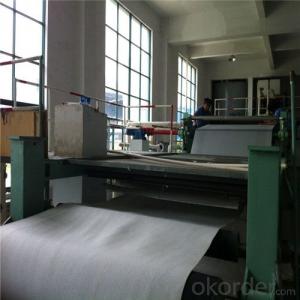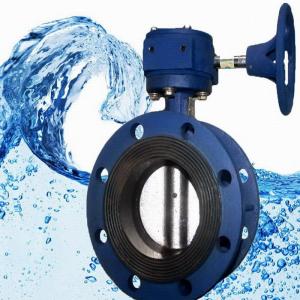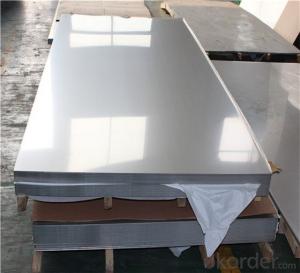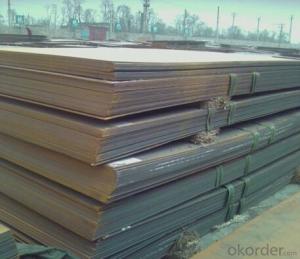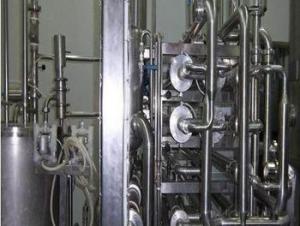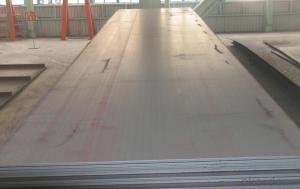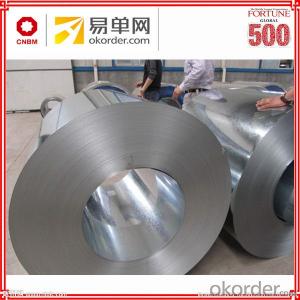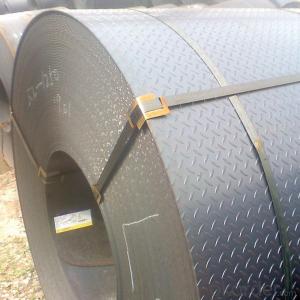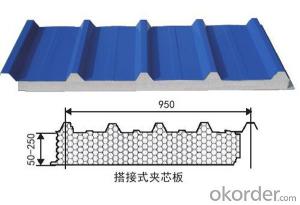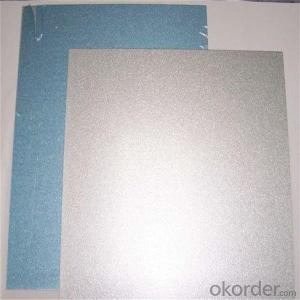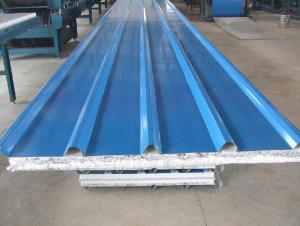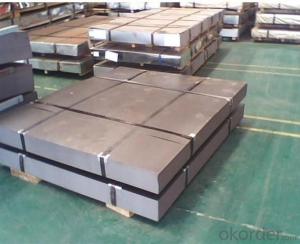Stainless Steel Pressure Vessel
Stainless Steel Pressure Vessel Related Searches
Best Paint For Stainless Steel Blanket Insulation For Steel Buildings Primer For Galvanized Steel Foam Filter For Stainless Steel H S Code For Stainless Steel Surface Grinding Wheels For Stainless Steel Surface Grinding Wheels For Hardened Steel Hole Saw For Stainless Steel Paint For Stainless Steel Stainless Steel For BbqHot Searches
Steel Mesh Panels For Sale Price For Stainless Steel Scrap Scrap Price For Stainless Steel Price For Stainless Steel Stainless Steel Tank For Sale Stainless Steel Sheets For Sale Cheap High Tea Sets For Sale Stainless Steel Tanks For Sale Stainless Steel For Sale High Density Fiberboard For Sale Solar Hot Water Collectors For Sale Scaffolding For Sale In Uae Scaffolding For Sale In Ireland Scaffolding For Sale In Houston Type Of Inverter For Solar Price Of Shipping Containers For Sale Types Of Inverter For Solar Stock Price For Aluminum Used Solar Inverter For Sale Steel Mesh Panels For SaleStainless Steel Pressure Vessel Supplier & Manufacturer from China
Okorder.com is a professional Stainless Steel Pressure Vessel supplier & manufacturer, offers integrated one-stop services including real-time quoting and online cargo tracking. We are funded by CNBM Group, a Fortune 500 enterprise and the largest Stainless Steel Pressure Vessel firm in China.Hot Products
FAQ
- Yes, steel sheets are fire resistant as they have a high melting point and do not contribute to the spread of fire.
- Steel sheets are highly weather resistant due to their durable composition and protective coatings, making them resistant to corrosion, rust, and extreme weather conditions.
- Yes, steel sheets can be used for solar panel manufacturing. Steel is a versatile and widely used material in various industries, including renewable energy. It has several advantages that make it suitable for solar panel manufacturing. Firstly, steel is a durable and robust material, which provides structural integrity to solar panels. It can withstand harsh weather conditions and protect the delicate photovoltaic (PV) cells inside the panels. This durability ensures a longer lifespan for the solar panels, reducing maintenance and replacement costs. Secondly, steel sheets can be easily fabricated into different shapes and sizes, allowing for customization based on the specific requirements of solar panel designs. This flexibility in manufacturing enables the creation of efficient and aesthetically pleasing solar panels. Furthermore, steel is a cost-effective material compared to other alternatives like aluminum or glass. It is widely available and has relatively low production costs, making it an economical choice for solar panel manufacturing. However, it is important to note that steel sheets used in solar panel manufacturing are typically coated with protective layers to enhance their corrosion resistance and prevent any adverse effects on the PV cells. These coatings protect the steel from environmental factors such as moisture or chemicals, ensuring the longevity and performance of the solar panels. In conclusion, steel sheets can indeed be used for solar panel manufacturing due to their durability, versatility, cost-effectiveness, and ease of fabrication. With appropriate coatings, steel can provide a reliable and efficient solution for the production of solar panels, contributing to the growth of the renewable energy sector.
- A brushed steel sheet and a polished steel sheet differ in terms of their surface finishes. A brushed steel sheet is characterized by a pattern of parallel lines or scratches on its surface, created using abrasive materials or tools. The purpose of brushing is to give the steel sheet a textured appearance, which helps to hide fingerprints, scratches, and wear over time. It also provides a more industrial, matte finish. On the other hand, a polished steel sheet has a smooth and glossy surface. Polishing involves using polishing compounds or abrasive materials to remove imperfections, scratches, and oxidation from the steel surface. This process creates a reflective and mirror-like finish, enhancing the aesthetic appeal of the steel sheet. Polished steel sheets are commonly used in applications where appearance and visual appeal are important, such as architectural design, interior decoration, and high-end products. In summary, the main difference between a brushed and polished steel sheet lies in their surface finishes. Brushed steel sheets have a textured, matte appearance, while polished steel sheets have a smooth and glossy, mirror-like finish. The choice between the two depends on the desired aesthetic, functional requirements, and the intended application of the steel sheet.
- Steel sheets can vary in thickness depending on their intended use, but they are typically available in thicknesses ranging from 0.5mm to 6mm for general applications.
- There are several thickness gauges available for steel sheets, ranging from the very thin gauge of 30 gauge (0.012 inches) to the thicker gauges of 7 gauge (0.1793 inches) or even higher. The specific gauge required depends on the intended application and the desired level of strength and durability.
- The process of etching or engraving on steel sheets involves several steps to create intricate designs or patterns on the surface of the metal. Here is a general overview of the process: 1. Design and Preparation: The first step is to create or choose a design that will be etched or engraved onto the steel sheet. This design can be hand-drawn or created using computer software. Once the design is finalized, it is transferred onto a film or stencil. 2. Cleaning the Steel Sheet: Before beginning the etching or engraving process, the steel sheet needs to be thoroughly cleaned to remove any dirt, grease, or oxidation. This is typically done using a solvent or a degreasing agent to ensure a clean and smooth surface for the etching or engraving. 3. Applying the Stencil: The stencil or film with the desired design is carefully applied to the steel sheet. This stencil acts as a protective barrier, preventing the etching or engraving solution from affecting the areas that should not be etched or engraved. 4. Etching or Engraving Solution: A specialized etching or engraving solution is selected based on the desired effect and the type of steel being worked on. This solution is applied to the exposed areas of the steel sheet, where the stencil has not been applied. The etching or engraving solution chemically reacts with the steel, removing a thin layer of metal to create the desired design or pattern. 5. Control and Timing: The etching or engraving process requires careful control of factors such as temperature, time, and concentration of the solution. These parameters can affect the depth and quality of the etching or engraving, so it is crucial to closely monitor and adjust them as needed. 6. Rinsing and Cleaning: Once the desired etching or engraving depth is achieved, the steel sheet is thoroughly rinsed to remove any remaining solution. This step is essential to stop the chemical reaction and prevent any further etching or engraving. 7. Finishing Touches: After rinsing, the steel sheet may undergo additional steps to enhance the appearance of the etched or engraved design. This can include polishing, buffing, or applying protective coatings to improve durability and visual appeal. Overall, the process of etching or engraving on steel sheets requires precision, attention to detail, and the use of specialized tools and chemicals. It is a skillful art form that can produce stunning and intricate designs on steel surfaces.





















